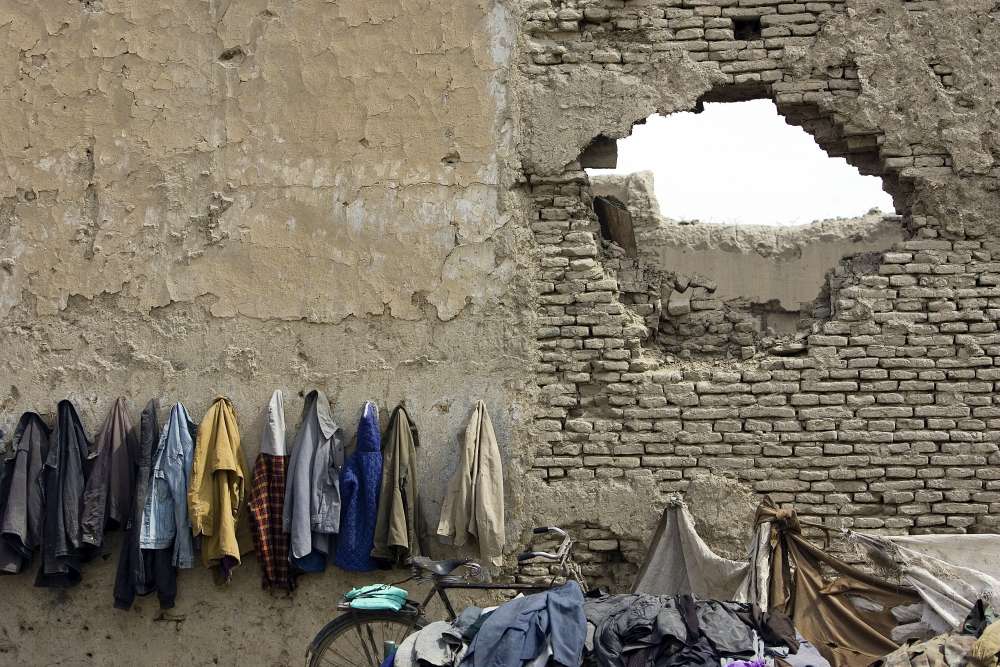Cluster Approach Evaluation II Synthesis Report
Executive Summary
The cluster approach was introduced as part of humanitarian reform in 2005. It seeks to make humanitarian assistance more effective by introducing a system of sectoral coordination with designated lead organizations. Since 2005, much energy, time and money have been invested in the implementation of the cluster approach at global and country levels. The shape and functioning of the cluster approach on the ground has continuously evolved in this time as humanitarian actors have adapted the initial design to their needs and constraints.
This evaluation assesses the operational effectiveness and main outcomes of the cluster approach to date and aims to develop recommendations on how it can be further improved. It draws most strongly on six country studies, but also on global and regional interviews, a survey among humanitarian actors, as well as literature and document analysis. Developing and implementing the cluster approach has required a significant financial investment. Over $57 million has been raised through global appeals, global cluster lead organizations have contributed from their own budgets and annual coordination costs in each country with active clusters are several million dollars. This corresponds to less than 1% of total humanitarian aid.
The country studies revealed that the cluster approach to date has contributed to the following main improvements and benefits in the context of humanitarian reform:
- Coverage of humanitarian needs has improved in some thematic areas. Depending on the country context, this includes gender-based violence, child protection, disability, water and sanitation and nutrition.
- Gaps in humanitarian assistance are better identified and duplications are reduced. As a result, humanitarian actors can better target their assistance and resources are used more efficiently.
- The ability of humanitarian actors to learn is increased through peer review mechanisms and enhanced technical and sometimes normative discussions.
- Organizations assuming coordination tasks exert more predictable leadership. There is greater clarity concerning leadership roles and more, better trained staff is dedicated to coordination. As a result, almost all humanitarian actors agree that coordination has improved through the introduction of the cluster approach. National and local actors, as well as newly arriving international actors, thus have a clearer point of contact.
- Partnership between UN agencies and other international humanitarian actors has become stronger, especially as NGOs increasingly assume co-lead or co-facilitator roles. This improves information sharing, strengthens humanitarian advocacy power and enhances coherence, as cluster members adopt common positions concerning specific operational questions and support the development and dissemination of local standards.
- The introduction of the cluster approach strengthens the humanitarian identity of cluster members, thus mobilizing actors and resources for humanitarian assistance.
- Clusters improve the planning and quality of proposals for major funding appeals, such as the Common Appeals Process (CAP) or Flash Appeals.
The cluster approach is also faced with important challenges. In its current state of implementation, it has the following main shortcomings and faces the following main challenges:
- In their current implementation, clusters largely exclude national and local actors and often fail to link with, build on, or support existing coordination and response mechanisms. Among other reasons, this is due to insufficient analysis of local structures and capacities before cluster implementation, as well as a lack of clear transition and exit criteria and strategies. As a result, the introduction of clusters has in several cases weakened national and local ownership and capacities. Furthermore, most response clusters do not use or promote participatory approaches.
- The cluster approach can threaten humanitarian principles. This is possible in situations where cluster members are financially dependent on clusters or their lead organizations and where cluster lead organizations are part of or maintain close relationships to integrated missions, peacekeeping forces or actors involved in conflicts.
- Poor cluster management and facilitation in many cases prevents clusters from reaching their full potential. Thus, clusters are often process- rather than action oriented. Many coordinators are not trained well enough in facilitation techniques, lack a common, basic handbook or toolkit and, especially at the sub-national level, often do not have sufficient time dedicated to coordination.
- Inter-cluster coordination is ineffective in most cases and there is little integration of cross-cutting issues. Multidimensional and cross-cutting issues are neglected in most assessments and are not sufficiently taken into account in the humanitarian response in the case study countries.
The introduction of the cluster approach is an organizational change process that requires up-front investments and generates benefits over time. Five years into that process and based on largely qualitative evidence collected in six countries, the evaluation team concludes that these investments are beginning to pay off as the benefits generated by the cluster approach to date already slightly outweigh its costs and shortcomings. It is also important to note that the direct financial costs of coordination are borne by donors and agencies, whereas the costs resulting from the absence of coordination would be imposed on affected countries and populations.
Moreover, there is hardly any fundamental or principled opposition to the cluster approach among humanitarian actors anymore. Provided that improvements are made, the approach has significant potential for further improving humanitarian response and thereby enhancing the well-being of affected populations. This potential justifies further efforts and investments to improve and strengthen the implementation of the cluster approach.
The full report is available for download.







